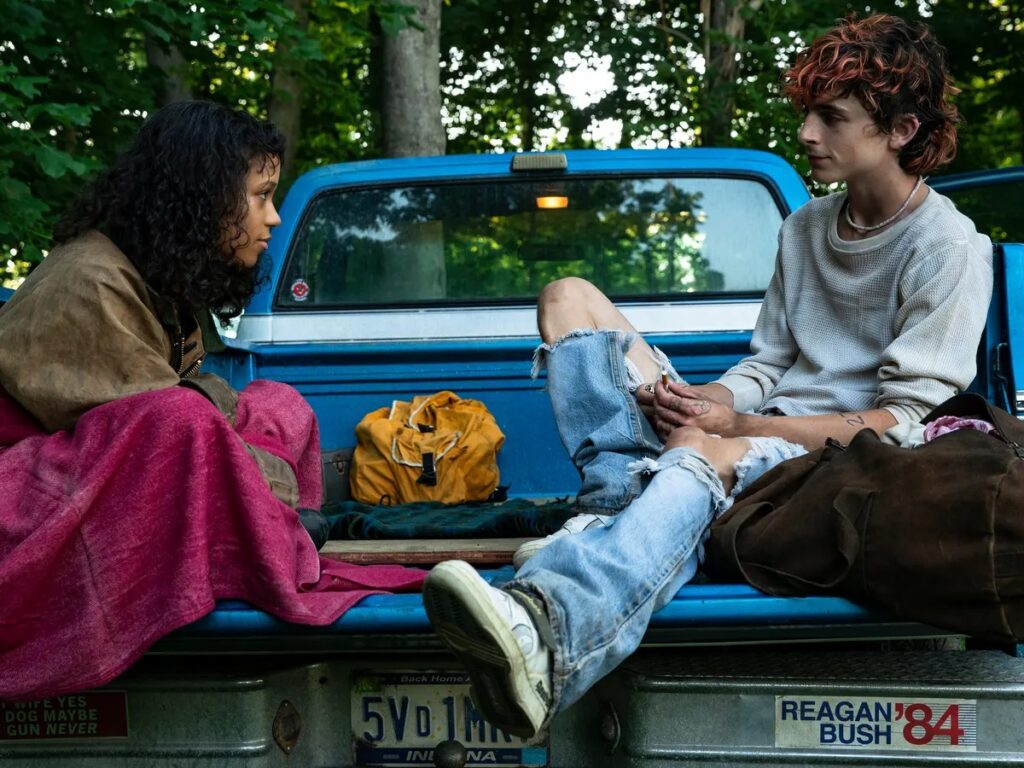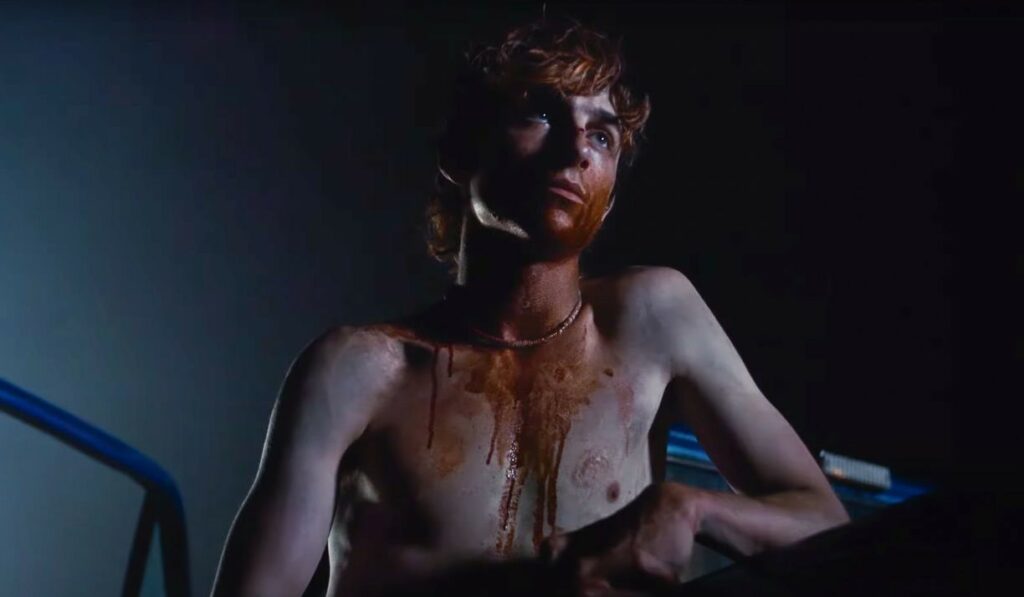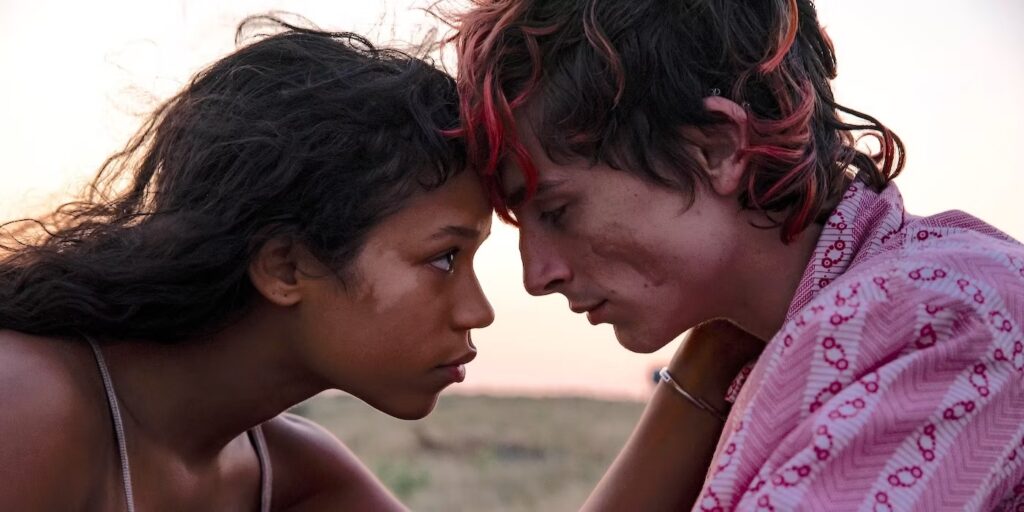Tender, beautiful and dreamlike aren’t the words you’d expect to use when describing a horror drama about cannibalism, but there’s one factor that was always going to set this film apart from the otherwise gruesome genre: Bones and All is directed by Luca Guadagnino.
One thing that connects all of Guadagnino’s works is his ability to create an affecting atmosphere and sense of intimacy, regardless of genre or story. Whether it’s sun-kissed romantic dramas like Call Me By Your Name and A Bigger Splash, or his stirring and beautiful reimagining of Dario Argento’s Suspiria, there is always a gentle but haunting presence in his work that blankets both the film and us, the audience.

This same presence can be felt all-throughout Guadagnino’s newest film, Bones and All, an adaptation of Camille DeAngelis’ 2015 novel of the same name. Set in 1988, the story follows eighteen-year-old Maren Yearly, played by Taylor Russell, as she sets out on a road trip to find her estranged mother, as well as all-important answers about her family history – oh, and she’s a cannibal.
Whilst on the road, Maren meets and befriends a handful of mysterious characters, including Mark Rylance’s Sully, an unnerving and peculiar individual who seems keen to become her mentor, as well as Timothée Chalamet’s Lee, a young, curious, and vulnerable but noticeably confident drifter, with whom Maren begins an intense and passionate romance and partnership with.
Unlike your typical horror or cannibalism films, the glaring focus in Bones and All is centred on desire – and while, yes, one of these desires is to eat people, it also deals with other, more relatable desires to fall in love and be loved, to be accepted, and to find a place and purpose in an unforgiving world.

Much like Guadagnino’s Suspiria, there are plenty of graphic moments (both visually and auditorily!) in Bones and All that stick with you hours after the film has finished; but in place of the traditional and expected horror tropes such as jump scares, a chilling high-pitched score, or terrifying low-lit sequences, we’re once again granted something that otherwise defies the genre trappings and invites us instead to experience a story weighted in emotion and intimacy.
One of the main reasons why this film is so atmospheric is Arseni Khachaturan’s striking cinematography, soft and hazy with a warm and brooding palette, creating a dreamlike effect. It’s one of the film’s many subversions of the genre, reminding the audience of Maren’s hope and desire to be accepted and to find her “happily ever after”, an impossible outcome that could only exist in a dream state. This feeling of longing for the unattainable is accentuated further by Trent Reznor and Atticus Ross’ gentle and melancholic score.
The performances are nothing short of enchanting, led with fierceness and vulnerability by Russell. She astonishes, disgusts and captivates throughout, shifting easily between restrained and childlike, and vacant and ravenous. Chalamet and Rylance are both equally as hypnotic, weaving in and out of actions and moods that completely fluster and charm you in one scene, and startle you the next.

Whilst Bones and All isn’t necessarily scary or frightening; it is haunting – but in a way that creeps under your skin. The scariest thing about the film might be the questions it leaves you with once the lights come up: just like Maren, you might question your own morality, choices that you’ve made, your own desires and aspirations, and maybe even your own sense of purpose and worth in a world where it’s a struggle to fit in. And while one hopes your struggles won’t be exactly the same as Maren’s, there’s no denying that loneliness and feeling like you don’t fit in are universal struggles. It’s something which Bones and All captures perfectly.
With love at the story’s core, Bones and All is a moving, tender and beautiful depiction of youthful affection and our collective hunger for acceptance – and one that leaves a mark, whether you want it to or not.
Bones and All releases in cinemas on November 23rd.
